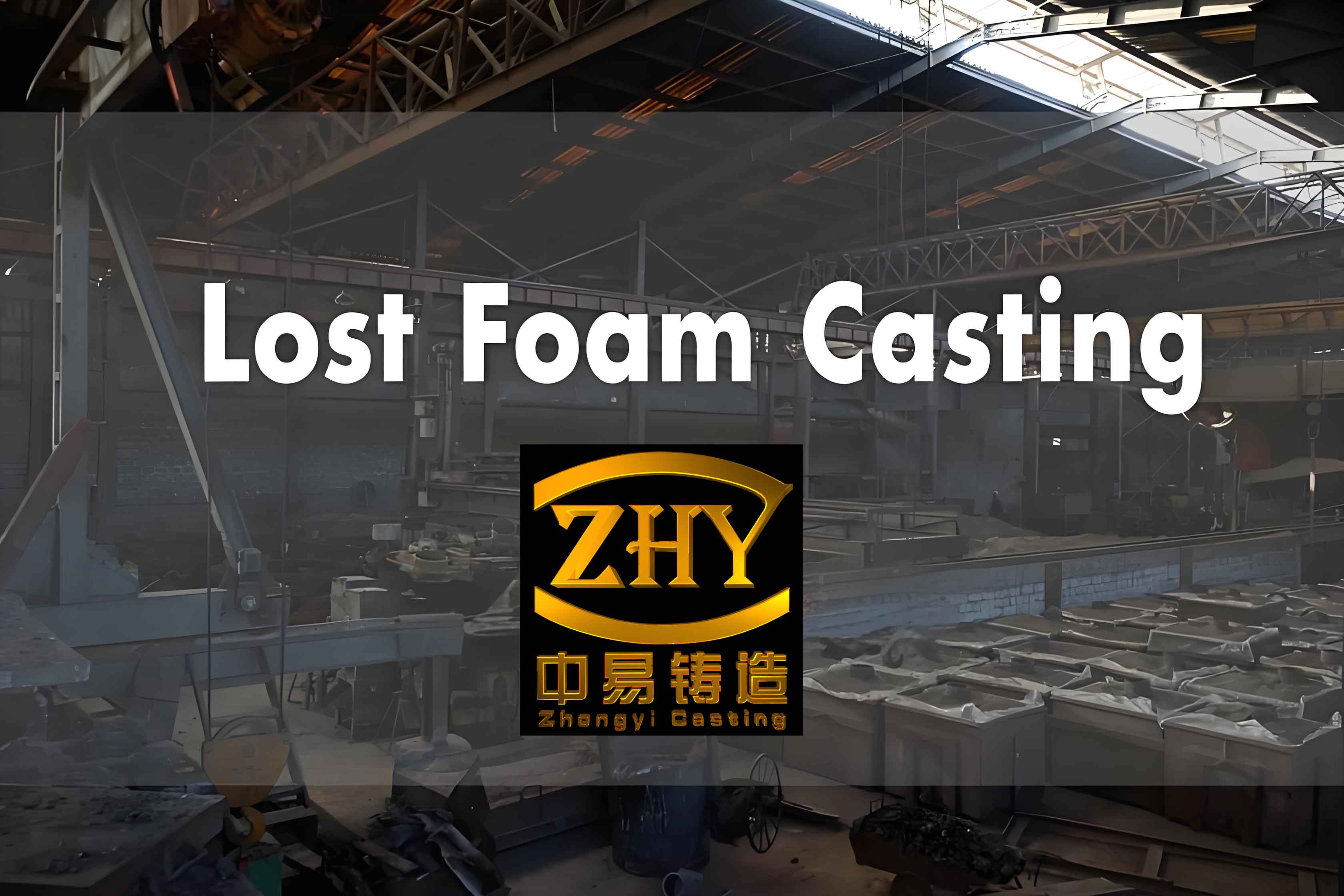Lost foam casting has emerged as a viable method for producing complex ductile iron components like wheel hubs, particularly when addressing challenges such as shrinkage porosity and cavity formation. This paper presents a comprehensive analysis of process design strategies for QT500-7 ductile iron hubs, focusing on gating system optimization, composition control, and defect mitigation.
1. Component Analysis and Process Challenges
The hub structure (Fig. 1) features an average wall thickness of 12 mm with critical sections reaching 30 mm, creating significant solidification challenges. Key geometric parameters include:
$$V = \pi r^2 h \quad \text{(Volume calculation for cylindrical sections)}$$
Where \( r \) represents radius and \( h \) denotes height. The high volume-to-surface ratio in thick sections necessitates precise thermal management during solidification.

2. Gating System Design
Four distinct gating configurations were evaluated through simulation and physical trials:
| Configuration | Advantages | Defect Risk |
|---|---|---|
| Top gating | Simpler pattern assembly | Cold shuts, gas entrapment |
| Mid-flange external gating | Better filling stability | Shrinkage at upper sections |
| Mid-internal gating | Directional solidification | Limited feeding capacity |
| Bottom gating | Progressive solidification | Flow stagnation in thin sections |
The optimal solution utilized mid-internal gating with four symmetrical ingates, calculated using modified Ozanam’s equation for lost foam casting:
$$A_g = \frac{W}{\rho \cdot t \cdot v \cdot \eta}$$
Where:
\( A_g \) = Total gate area (mm²)
\( W \) = Casting weight (kg)
\( \rho \) = Metal density (kg/m³)
\( t \) = Fill time (s)
\( v \) = Flow velocity (m/s)
\( \eta \) = Efficiency factor (0.6-0.8)
3. Process Parameter Optimization
Critical parameters for successful lost foam casting of ductile iron hubs include:
| Parameter | Optimum Range | Effect on Quality |
|---|---|---|
| Pouring temperature | 1460-1480°C | Balances fluidity and gas evolution |
| Vacuum level | -0.06 to -0.08 MPa | Controls mold integrity and filling |
| Hold time | 8-10 minutes | Prevents mold collapse and distortion |
| Coating thickness | 0.8-1.2 mm | Regulates heat transfer and surface finish |
4. Composition Control and Mechanical Properties
The chemical composition window for achieving QT500-7 properties in lost foam casting was refined through iterative trials:
| Element | Target (%) | Tolerance |
|---|---|---|
| C | 3.6 | ±0.2 |
| Si | 2.6 | ±0.2 |
| Mn | 0.4 | ±0.05 |
| Cu | 0.32 | ±0.03 |
| Mgres | 0.04 | ±0.005 |
The resulting mechanical properties met specification requirements:
$$HB = 170 + 10(\%Si) – 5(\%Pearlite) \pm 15$$
$$Elongation = 8\% + 0.3(\%Ferrite) – 0.2(\%Carbides)$$
5. Defect Prevention Strategy
Key measures for shrinkage mitigation in lost foam casting include:
- Directional solidification through chills placement
- Controlled cooling rate (1.5-2.5°C/s) in critical sections
- Modified riser design using modulus extension principle:
$$M_{riser} = 1.2 \times M_{casting}$$ - Nucleation control through inoculant selection (FeSi75 vs CaSi)
6. Production Validation
Batch trials confirmed the process reliability with:
- 93% dimensional conformity (ISO 8062 CT10)
- Surface roughness Ra 12.5-25 μm
- 0.2% scrap rate for shrinkage defects
- Consistent nodularity (85-90%) and nodule count (120-150/mm²)
The success of this lost foam casting process demonstrates effective integration of gating design, thermal management, and metallurgical control for thick-section ductile iron components.
